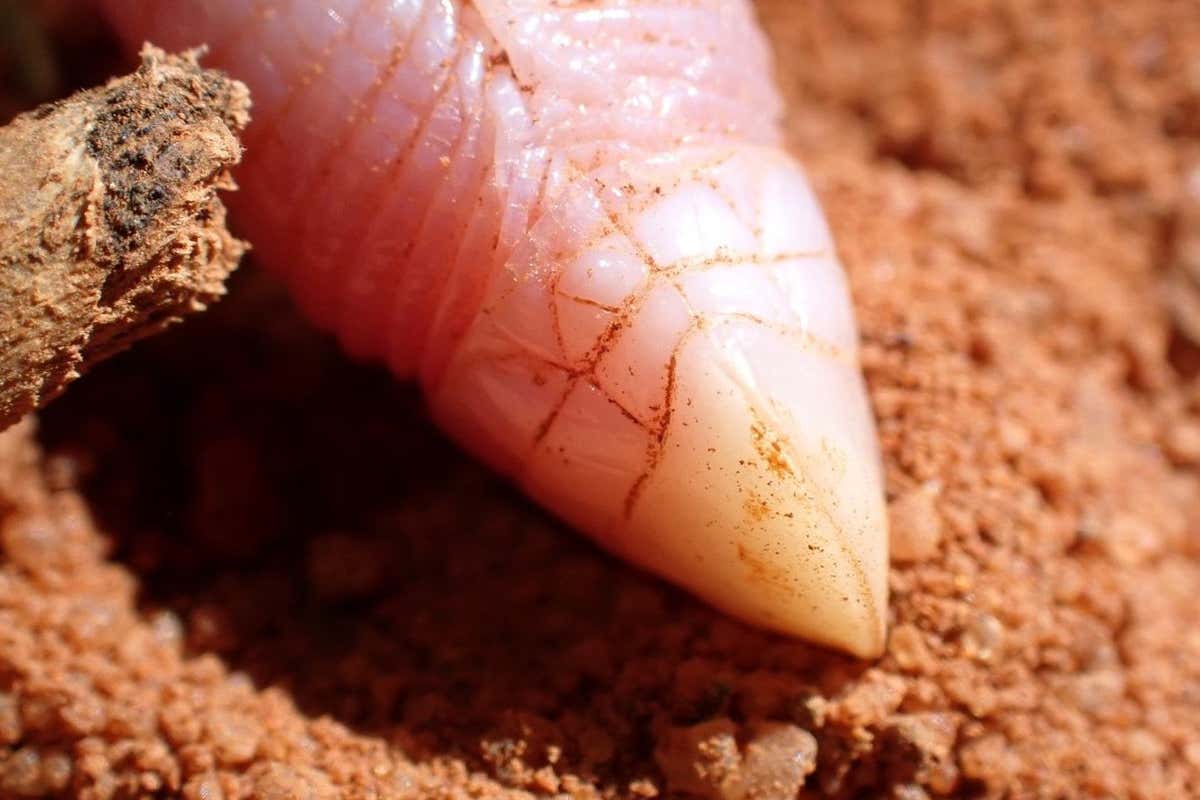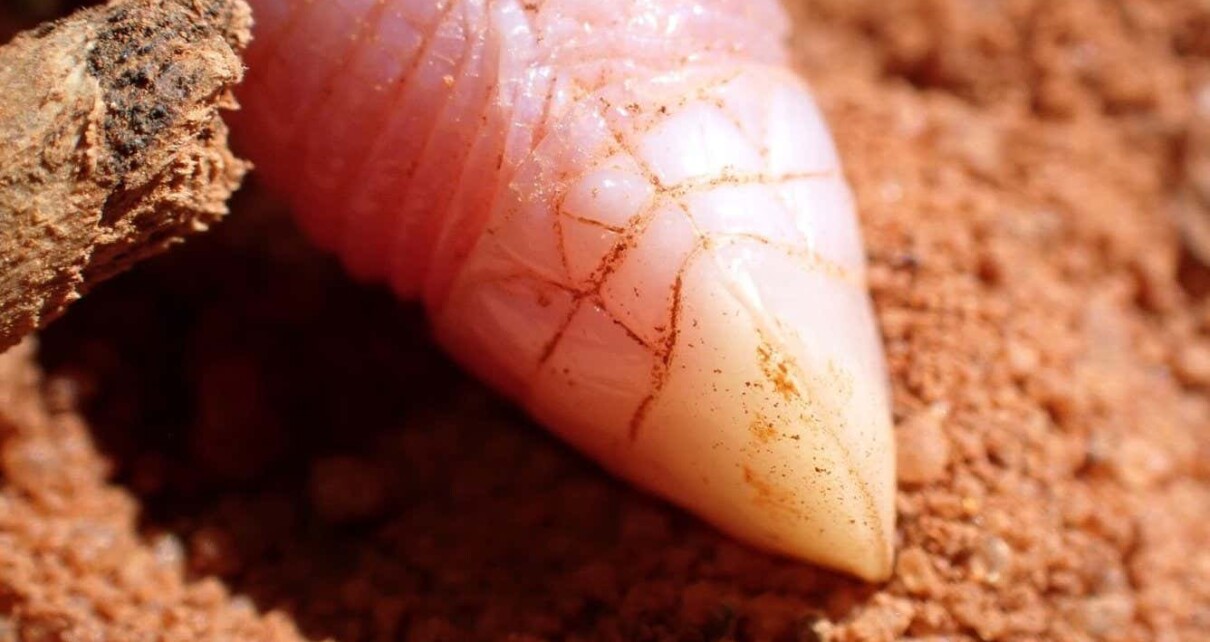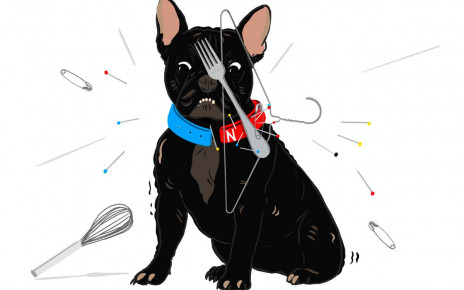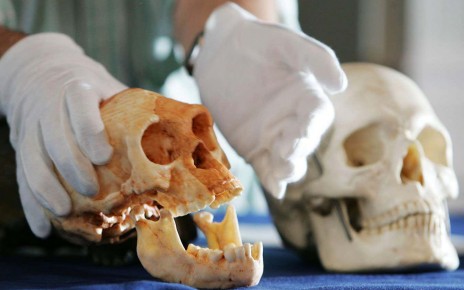[ad_1]

A subpecies of the Somali sharp-snouted worm lizard has a distinctive pointy head
Mark Spicer
A rare worm lizard has been rediscovered by scientists after a landmine clearance team spotted the elusive animal in Somaliland.
A subspecies of the Somali sharp-snouted worm lizard (Ancylocranium somalicum parkeri) was first reported by scientists in 1931 in the region that is now Somaliland, an unrecognised state that has broken away from the rest of Somalia. There were then no official sightings of the lizard over the following nine decades.
Last month, Mark Spicer at the HALO Trust, a landmine clearance charity, and his colleagues were in Somaliland, near the Ethiopian border.
“One day, one of our minefield supervisors, Hassan Du’ale, called me over to show me something interesting,” says Spicer. “I’m following him, we’re both wearing PPE [personal protective equipment] and he did a bit of scrambling around in the earth and produced a worm lizard.”
Spicer took a photograph of the animal and sent it to Tomáš Mazuch at Mendel University in Czechia, who confirmed it was a subspecies of the Somali sharp-snouted worm lizard.
The photograph of the worm-like lizard matched its description from the early 1930s – pink in colour and measuring around 20 centimetres long. It also had a distinctive sharp snout.
A. s. parkeri is a subspecies of Ancylocranium somalicum, which lives along the coast of southern Somalia, including in the country’s capital city, Mogadishu.

The worm lizard is around 20 centimetres long, similar to a pen
Mark Spicer
“It’s quite easy to look at this part of the world and think of conflict,” says Spicer. “There’s more to Somalia than that, including biodiversity.”
“Women and men in the minefields find all sorts of interesting stuff that never gets recorded,” he says. “There’s probably scientifically interesting biodiversity seen on a regular basis; we just need more ways to capture them.”
Topics:
[ad_2]
Source link




